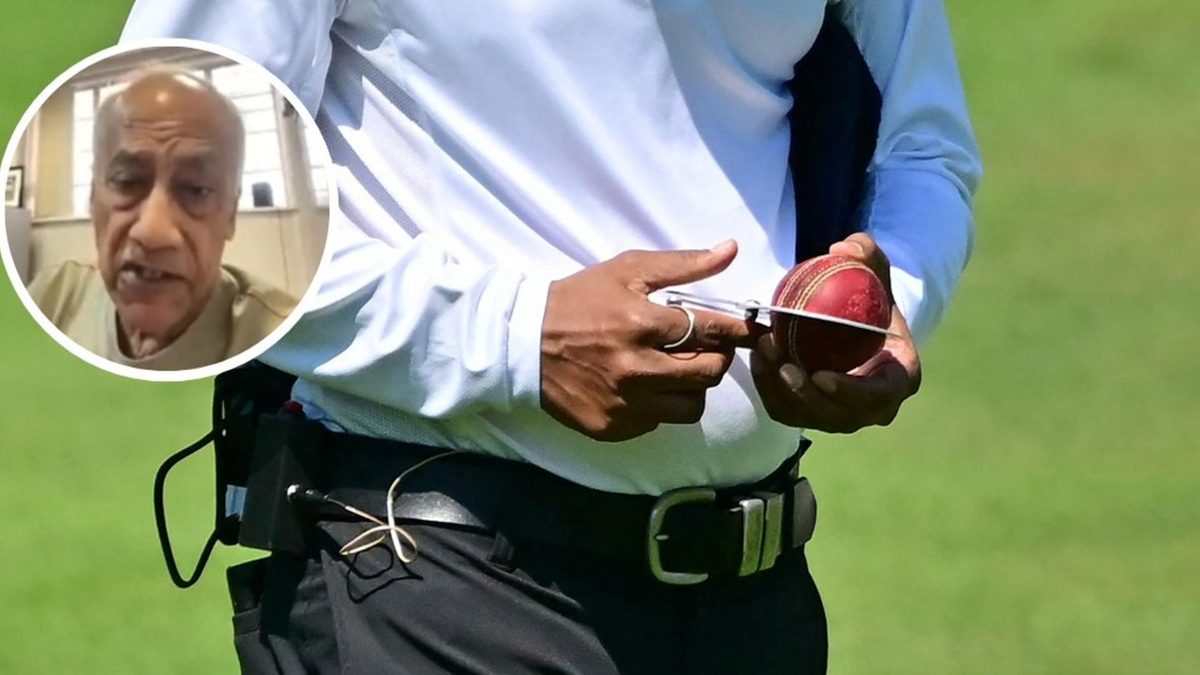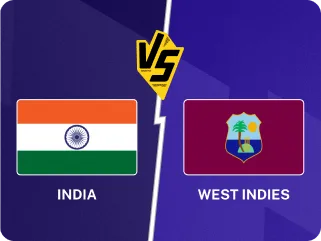
Following frustrations from both sides over the quality of the balls used in the England v India Test series, Ben Gardner speaks to Dukes owner Dilip Jajodia on whether the balls have changed, and what can be done to address the problems.
The Dukes ball is getting hit, and it’s staying hit. The Anderson-Tendulkar Trophy has seen more ball changes than a Wimbledon five-setter, more footage of rings than a Tolkien trilogy. The players are getting fined for their unhappiness with the ball. Even the ball-checking implements themselves are coming under question. “The cricket ball should be like a fine wicketkeeper - barely noticed,” Stuart Broad tweeted during the Lord’s Test. Right now, it’s the main character that doesn’t want to be there, the bowler two sixes and three wides into an over that might never end.
A central figure in the psychodrama is Dukes’ 81-year-old owner Dilip Jajodia, doing the media rounds to answer everything asked of him, and at times prompt more questions as he goes. He’s a fascinating, engaging character, a devotee of his craft in the Jiro Ono mould. He’s obsessed with cricket and with cricket balls and will talk at length about his opinions on both.
Jajodia is adamant that nothing Dukes do has changed, but also admits that some degree of variation is inevitable. In fact, therein lies the beauty. “The fundamental thing about cricket balls is that the raw materials are raw materials,” he says. “They're natural, right? It's cow hide, it's cork, it's rubber, it's wool, winding thread, all that stuff. It's a completely natural, almost alive product.”
There’s an analogy to be drawn with pitch preparation, where you ache and you slave and you pore, but you can only know if your work has paid off once it’s too late to do anything about it and that first ball is sent down. Each is more art than science too – there are no dials to turn to reliably produce the desired outcome, and no way of testing the product in any meaningful way. Every ball is different, and a ball is only new until it’s been hit once.
And while Dukes insist that every ball is made to the highest standard, the materials themselves, they have less control over. In 2022, a Covid-related issue with leather production, treated with the wrong chemicals for the wrong amount of time, led to a batch of duff Dukes’s. It’s not impossible something similar is happening this time, and Dukes have committed to reviewing everything, from materials to production.
In the meantime, should fielding teams just get on with it? In part, the constant questioning of the ball is a symptom of a game that’s too happy with stopping if conditions aren’t perfect. Batters call on gloves or a drink at any opportunity. The pace of play is glacial. In a sense, why wouldn’t it be? Why wouldn’t a player, for whom their performance is livelihood, seek any advantage, every possible edge, make sure everything is just right before proceeding? And in amongst that, why wouldn’t you complain about a ball not doing what you want it to, on the off-chance you’ll get a better one? “Balls might go out of shape, but then they get hit the other side and they go back into shape,” says Jajodia. Joe Root has suggested a DRS-style three reviews of the ball per innings. More fundamentally, umpires have lost the authority to move the game along, to not entertain every whim of the players they are supposed to be in charge of. Once that’s gone, it’s a hard thing to regain.
Still, this is an issue that pervades the professional game in England, with county bowlers complaining too. The feeling nags that, even if the Dukes ball hasn’t changed, everything else in the game has. The ball is bowled into the pitch faster, gets hit harder and more often, racing across ever-drier outfields. The hotter air will soften the leather, making it more malleable, each blow leaving its mark. At the moment, the ball can’t handle it.
The sadness here is that, once upon a time, the Dukes ball was an integral part of what made Test cricket in England the most entertaining in the world. Painstakingly handstitched, each ball requiring four hours of craft, its seam would act as a rudder, aiding seam and swing, keeping bowlers in play throughout. “That’s a proper cricket ball,” Jajodia says. Its most prominent rival is Australia’s Kookaburra, machine-made, trialled in county cricket and favoured for year-round usage by some, the England team’s managing director Rob Key among them. Even the brand names evocative of the two country’s sensibilities, the aristocratic and the hot, heavy outback.
The Dukes ball can be made harder, Jajodia says. “I can put a rock in there, a really, really hard center, and that'll solve the problem. But you won't have a good game of cricket. That would break bats and break fingers”. For a typical Australian, that sounds a lot like the point of bowling fast. Increasingly, the power-brokers of English cricket feel similarly. English Test cricket, from selection to style, is now almost pointedly anti-Dukes. Bowlers are picked on attributes rather than skills, the speedometer favoured over the degrees of movement in the air or off the pitch. The game has changed, and maybe the Dukes will change with it. But the world in which it once flourished has gone.
Follow Wisden for all England vs India updates, including live scores, latest news, team lineups, schedule and more. The live streaming details for the ENG vs IND series in India, UK, USA and rest of the world can be found here. For Wisden quizzes, head here.








